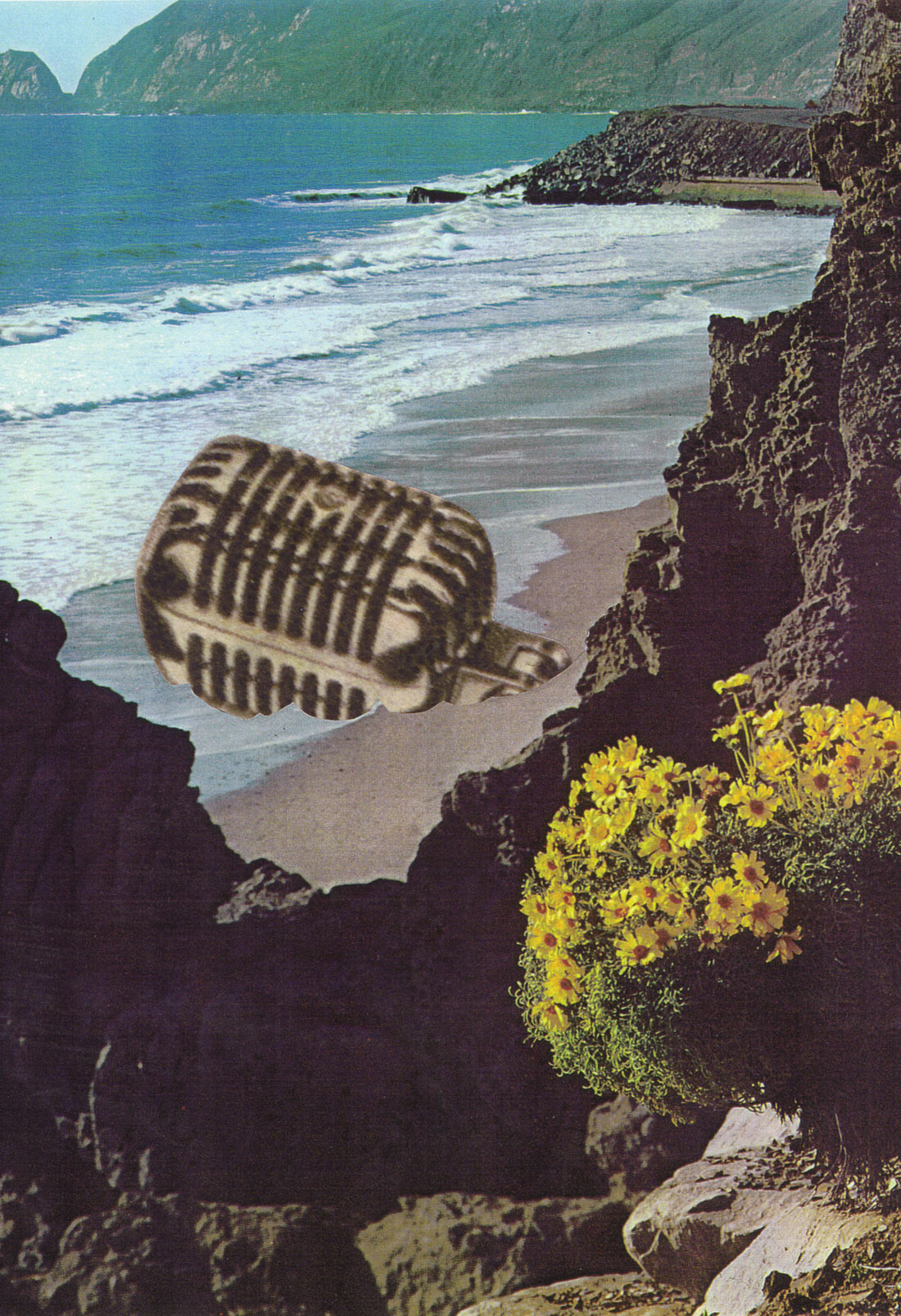I have learned the hard way that the most important factor in achieving a good drum recording, next to the drummer, is proper tuning. Unless you're going for a garbage kit sound (which is a valid goal), poor tuning negates the mic choice, and even the quality of the drum itself. If you are in the business of recording inexperienced bands, as I was, I suggest getting a Tune-Bot. Tune- Bot is a standalone, digital, pitch-based tuner - like a guitar tuner - for drums. One advantage of this approach over mechanical, pressure-based tuners, like DrumDial [Tape Op #63], is the ability to store presets. You can store different, totally repeatable tones for each drum. Tune-Bot has display modes for frequency and musical pitch. If you like tuning in the key of the song, or being sure you're out of the key of the song, this device makes it easy. For each drum type - tom, bass, and snare - there are nine memory slots, each offering storage for top head, bottom head, and overall "open" pitch. You can make a kit sound the same from week to week, no matter the environmental conditions. And the display is backlit, so it's even visible in a dark club.
I recently acquired a house-kit for my studio, so I bought a Tune-Bot. Having never tuned drums myself, I dove right in, following the quick-start guide. I had a perfectly-tuned, amazingly-radiant floor tom in about 10 minutes, including the time it took to experiment with what pitch sounded best. The Tune-Bot attaches directly to the rim, with its mic hole facing the head. It works by first measuring the fundamental pitch of the drum, then filtering that out so you can tune each lug without moving the Tune-Bot. When the lugs were all matched, the drum rang so true and beautifully; and I realized the head surface had been tone-beating wildly before, like twenty almost- in-tune guitars - garbage in comparison to the tuned drum. The difference is astounding and educational. It becomes apparent how one could do this by ear, but I doubt it would ever be as quick with Hz-accurate precision like this. The manual and website include formulas for alternate tunings, like tuning one head lower than the other to achieve shorter sustain, etc.
Using a 14'' floor tom, I experimented with tuning the heads a fifth below the knock-pitch of the shell. This sounded pretty good, but it turned out to be a bit high-pitched for the lowest tom in the kit. So I worked with the online tuning calculator, which gives pitch recommendations based on drum size. Short sustain is generally recommended for recording, and the calculator offers top and bottom head pitches to achieve this. The base pitch recommended by the calculator ended up being way too flabby for the top, lower-pitched head. The calculator has a transpose function, so I went up three semitones. Perfect - and amazingly thunderous for a 14'' tom.
The only complaints I have about this device? It doesn't fit on my kick drum correctly such that the mic faces the head properly, due to the head being quite inset from the rim, so I just hold the tuner to get a pitch. Also, the interface isn't entirely intuitive; therefore, the manual is a must-read. Other than that, the Tune-Bot is a well-spent $100 - and highly recommended for anyone that records drum kits.




_disp_horizontal_bw.jpg)